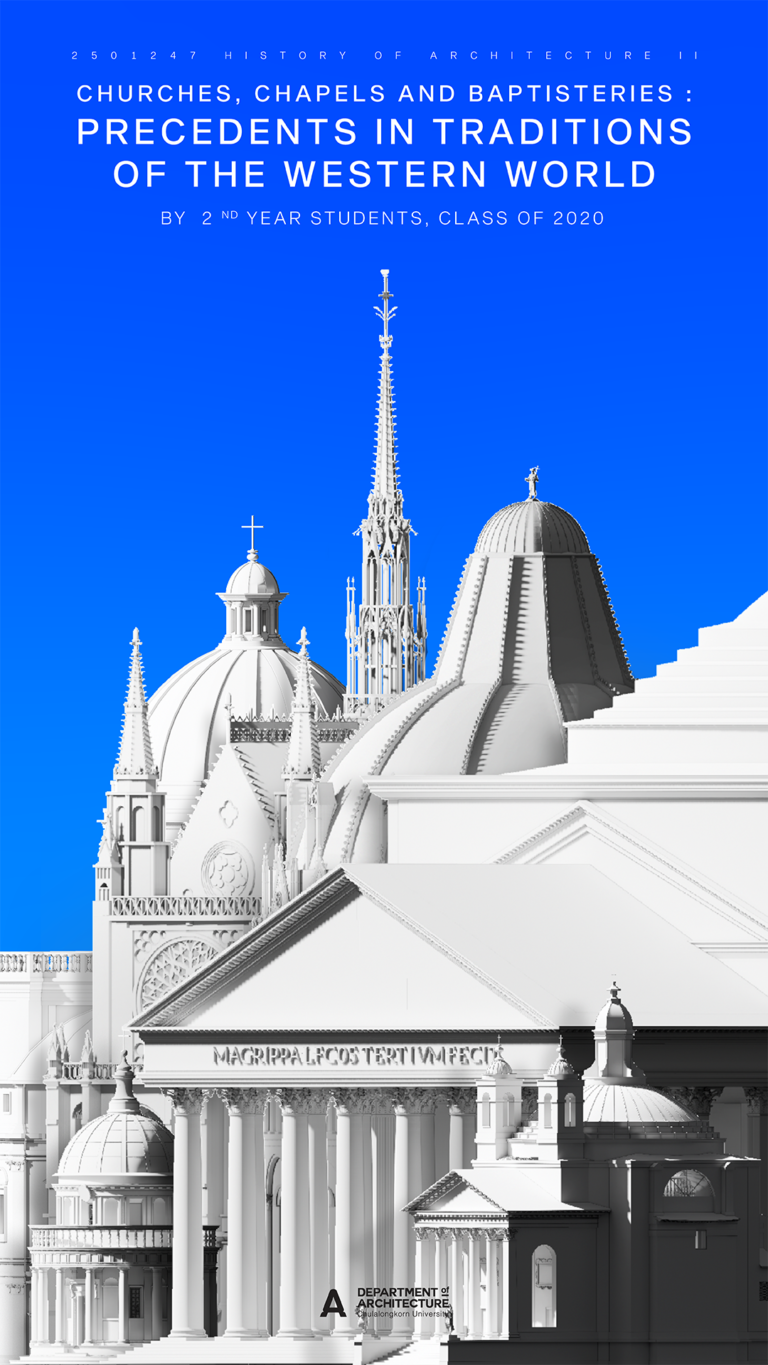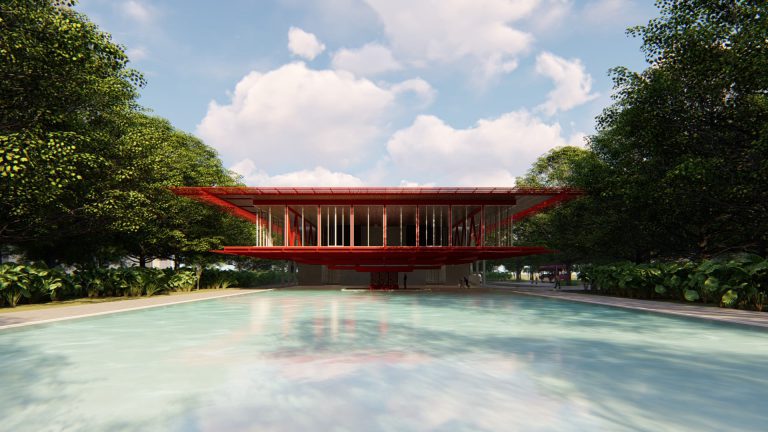Computer Algorithm in Architectural Design 2022
Wave Function Collapse Workshop
Computer Algorithm in Architectural Design is a course that teaches the design of algorithms to aid architectural design or solve architectural problems using text-based programming and visual programming to develop prototype systems. This year, the course focuses on the wave function collapse (WFC) algorithm for generating architecture, utilizing tools such as Rhino 7, Grasshopper, and the Monoceros plug-in.
The WFC is a computational algorithm that is inspired by the principles of quantum mechanics. In quantum mechanics, the wave function describes the probability of a quantum system being in a particular state, and the act of measurement causes the system to collapse into one of those possible states.
The WFC algorithm applies these same principles to computational problems, such as image generation or architectural design. It works by representing the problem space as a superposition of all possible solutions, which can be thought of as a wave of possible configurations. The algorithm then uses constraints to collapse this wave and determine a single valid solution.
The WFC algorithm has many applications, particularly in the fields of architecture and design. For example, it can be used to design buildings or urban landscapes, optimize interior layouts for spaces like offices or homes, or create 3D models for virtual reality environments. The algorithm can also be used to explore the design space, generating many potential solutions that can be evaluated and refined by architects or designers.
In this class, Monoceros for Grasshopper is used as a tool. Monoceros is a visual programming language and environment for Rhino 3D, a popular 3D modeling software. It uses a Wave Function Collapse (WFC) algorithm to fill a collection of rectangular cuboid Slots with Modules, leaving no Slot empty or contradictory. Monoceros has three main data types: Slots, Modules, and Rules, which are seamlessly integrated into Grasshopper and can be cast to and from all relevant existing data types. Monoceros plug-in components are used for constructing, analyzing, and processing data and are compatible with existing Grasshopper data types and components. Monoceros is focused on immutable processing of data, meaning that no existing data is changed but rather transformed and returned as a new instance of the data.
For this project, students had to choose their own design problem statements and use the WFC algorithm to design architecture. The objectives were to design complex architecture based on units and evaluate the design schemes generated from the WFC algorithm. The students were divided into three teams, each consisting of three people. The first student was responsible for unit design using Rhino, the second student for rule design using Grasshopper, and the third student for boundary design using Rhino. They worked together to develop the WFC algorithm, generate design schemes, and evaluate the design schemes. Throughout the project, students were encouraged to explore different design options and test their ideas using the WFC algorithm. The goal was to generate innovative and compelling design schemes that addressed the design statement while demonstrating the potential of computational design.
Instructor
Assistant Professor Chavanont Khosakitchalert, Ph.D.
Guest Lecturers
Saenawee Chatameteewong
Patchara Ruentongdee
Students
Team A
Phumphat Teachalikhidkul
Thanakorn Jutapiluck
Paskorn Wiroonsri
Team B
Chainont Phumas
Tonchabab Charoonroj
Nachanok Lertpongkasem
Team C
Chawanon Wongtrakuljong
Parintorn Rakcheep
Nichakorn Tantsetthi




































































































































































